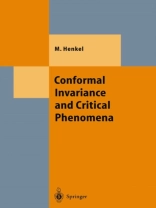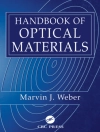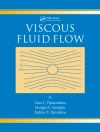Critical phenomena arise in a wide variety of physical systems. Classi- cal examples are the liquid-vapour critical point or the paramagnetic- ferromagnetic transition. Further examples include multicomponent fluids and alloys, superfluids, superconductors, polymers and fully developed tur- bulence and may even extend to the quark-gluon plasma and the early uni- verse as a whole. Early theoretical investigators tried to reduce the problem to a very small number of degrees of freedom, such as the van der Waals equation and mean field approximations, culminating in Landau’s general theory of critical phenomena. Nowadays, it is understood that the common ground for all these phenomena lies in the presence of strong fluctuations of infinitely many coupled variables. This was made explicit first through the exact solution of the two-dimensional Ising model by Onsager. Systematic subsequent developments have been leading to the scaling theories of critical phenomena and the renormalization group which allow a precise description of the close neighborhood of the critical point, often in good agreement with experiments. In contrast to the general understanding a century ago, the presence of fluctuations on all length scales at a critical point is emphasized today. This can be briefly summarized by saying that at a critical point a system is scale invariant. In addition, conformal inva Tiance permits also a non-uniform, local rescal- ing, provided only that angles remain unchanged.
Malte Henkel
Conformal Invariance and Critical Phenomena [PDF ebook]
Conformal Invariance and Critical Phenomena [PDF ebook]
Koop dit e-boek en ontvang er nog 1 GRATIS!
Taal Engels ● Formaat PDF ● ISBN 9783662039373 ● Uitgeverij Springer Berlin Heidelberg ● Gepubliceerd 2013 ● Downloadbare 3 keer ● Valuta EUR ● ID 6341622 ● Kopieerbeveiliging Adobe DRM
Vereist een DRM-compatibele e-boeklezer












